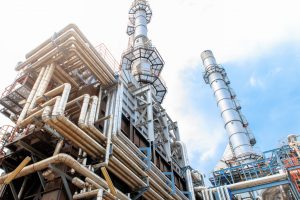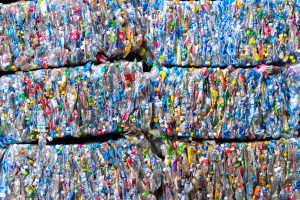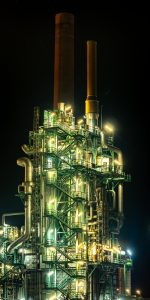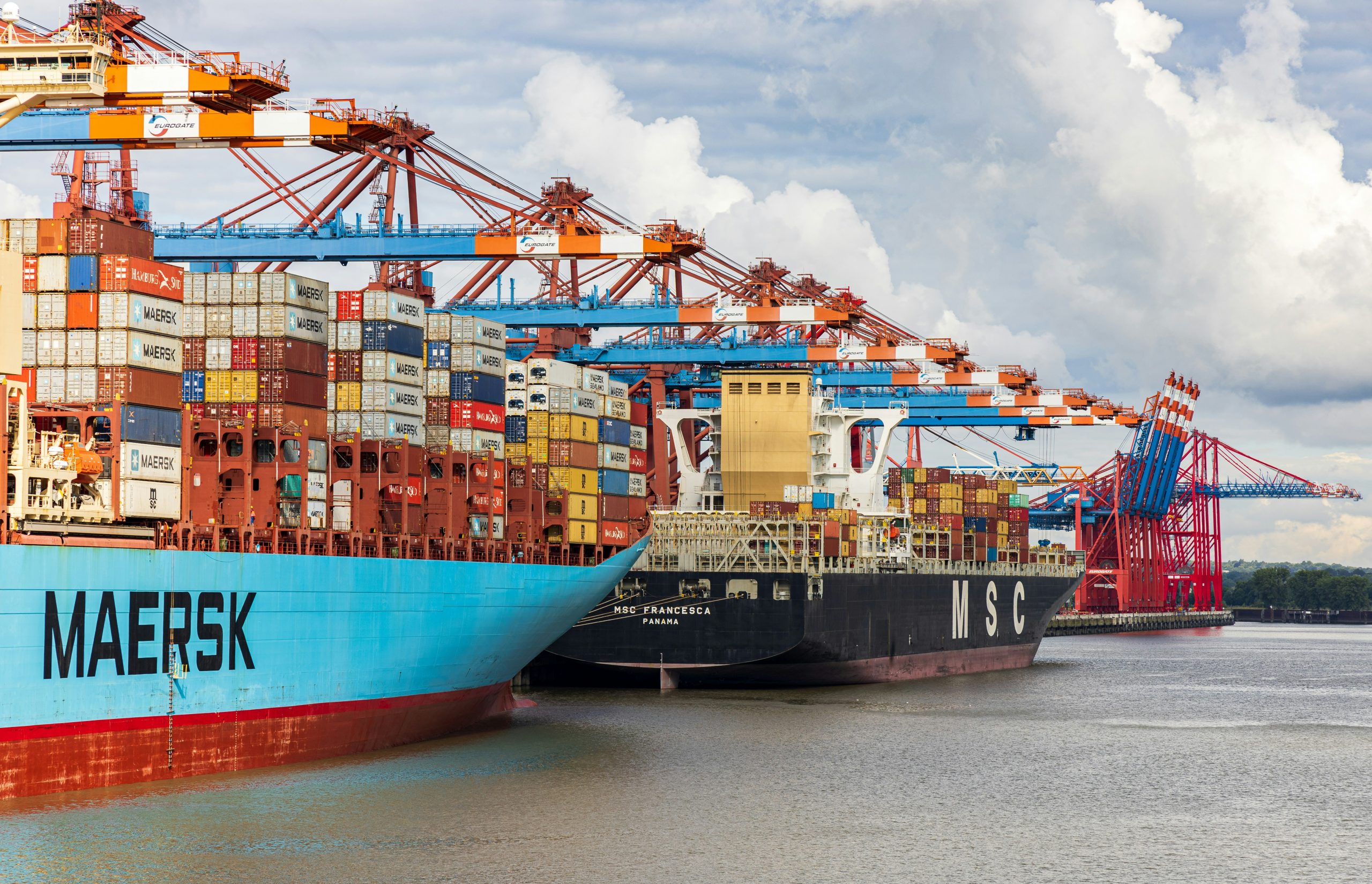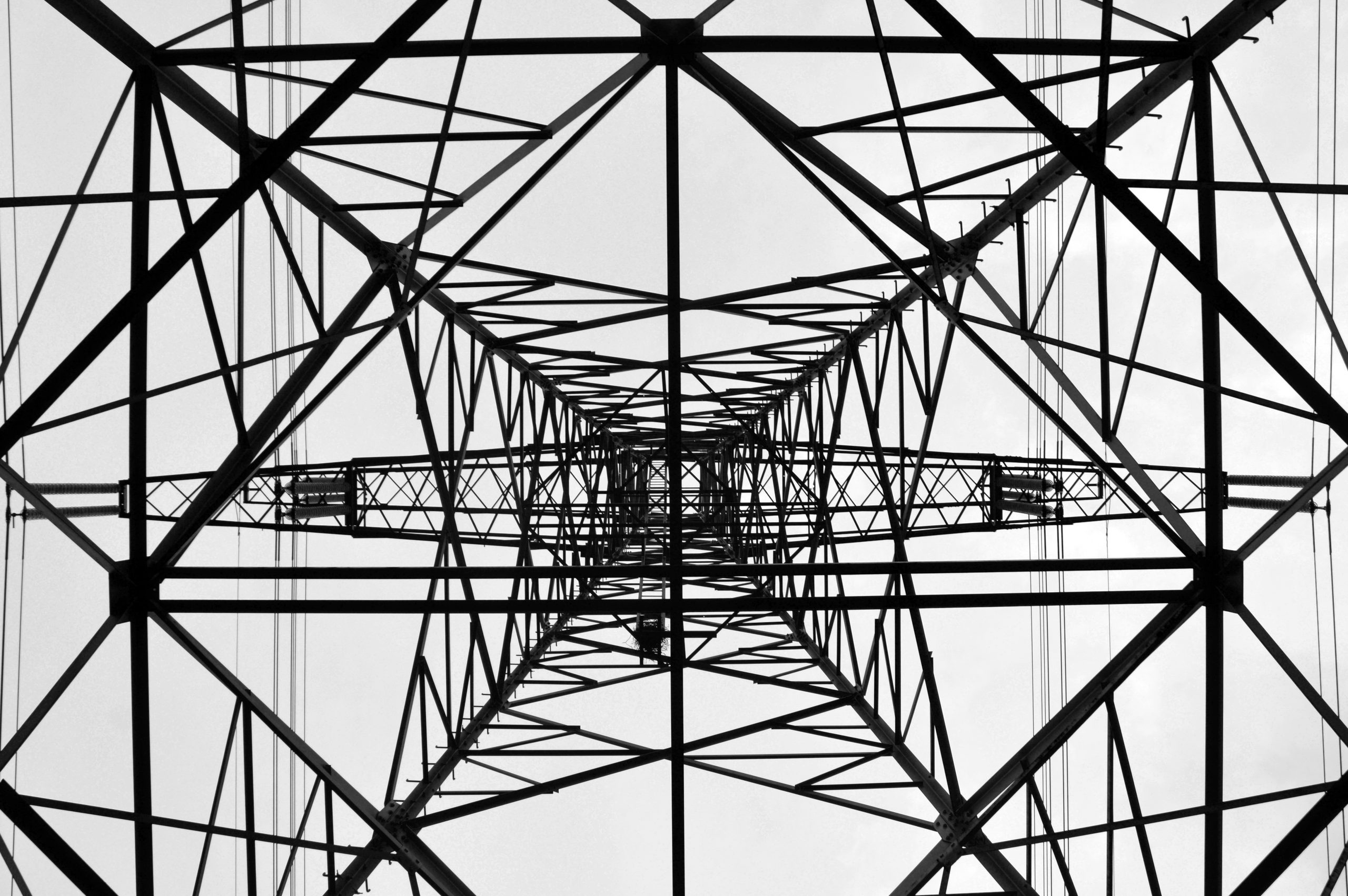Coming Soon | Achieving net-zero U.S. ammonia: Technology and policy options and their emissions, investment, and cost tradeoffs
Banafsheh Jabarivelisdeh, Enze Jin, Phillip Christopher, and Eric Masanet
This article is under review.
Ammonia production is responsible for around 35% of the CO2 emissions associated with the global chemical sector. In this study, a bottom-up model with high technical and economic resolution is implemented to assess potential least-cost pathways to achieve a net-zero U.S. ammonia industry by 2050. Results indicate that natural gas reformers equipped with carbon capture technologies will play a key role in promoting ammonia production sustainability, being deployed extensively within the next two decades, while water electrolysis is required in the last ten years of the time horizon to achieve net-zero emissions. Technical improvements and cost reductions in electrolyzer and renewable electricity are needed to early adopt water-electrolysis and in a large scale for reaching a net-zero ammonia industry. However, such expensive low-emission technology might not be essential for achieving a less ambitious carbon mitigation target. Moreover, the investigated policy interventions through carbon pricing and tax credits implementation can effectively facilitate the adoption of low-emission technologies for ammonia production and further reduce the cumulative carbon emissions. The methodology and analyses presented in this study provide important insights into the optimal transition pathways towards decarbonized ammonia production, providing fundamental insights for policy makers on required actions and investments to achieve the net-zero emissions target for ammonia industry.
Image: Markus Winkler on Unsplash
